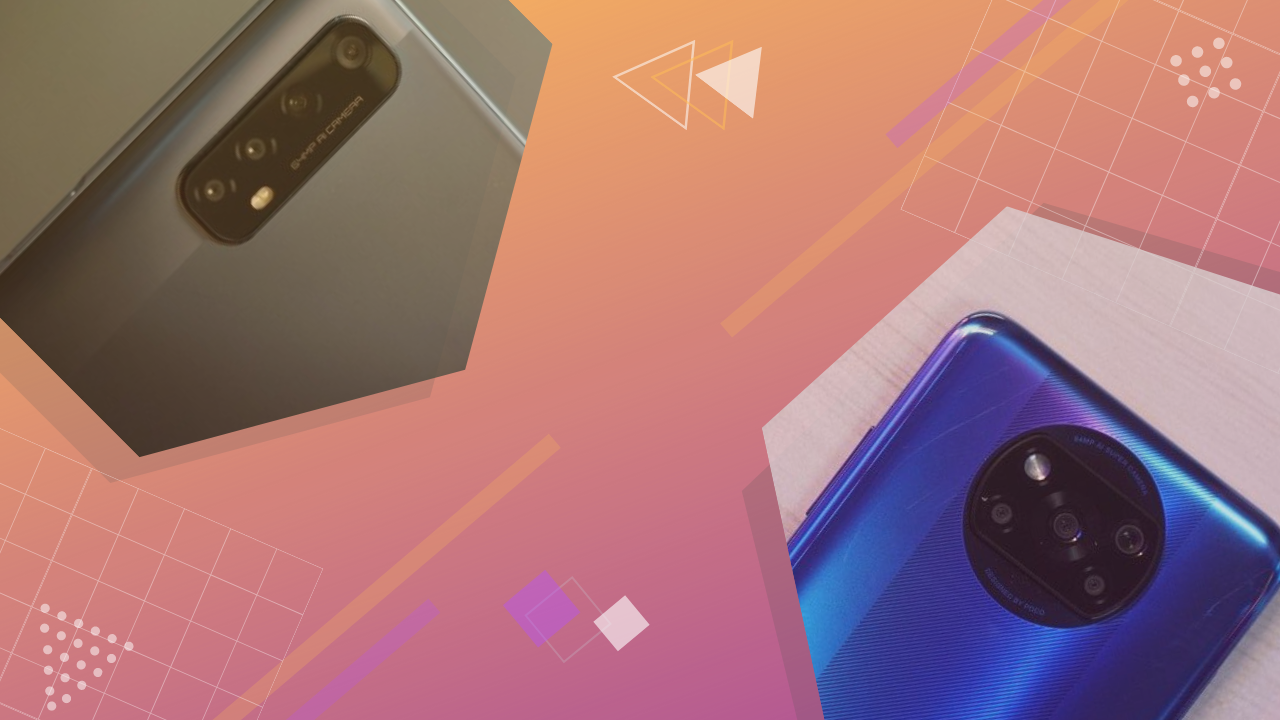Verdict: Realme 7 VS POCO X3 NFC, which one is better? Well, it’s a close fight, but the POCO X3 NFC’s faster screen, longer battery endurance, and more importantly, better price tag make it a better buy VS the Realme 7.
Realme finally took the wraps off of their new budget mid-range offerings yesterday, and today we’ll be comparing it to one of its closest competitors in the market: the POCO X3 NFC. POCO’s budget mid-range champion has been one of the most talked-about devices in its price range, and it’s only natural for potential buyers to compare the Realme 7 VS the POCO X3 NFC. So, which one is the better phone? Let’s see in the comparison below:
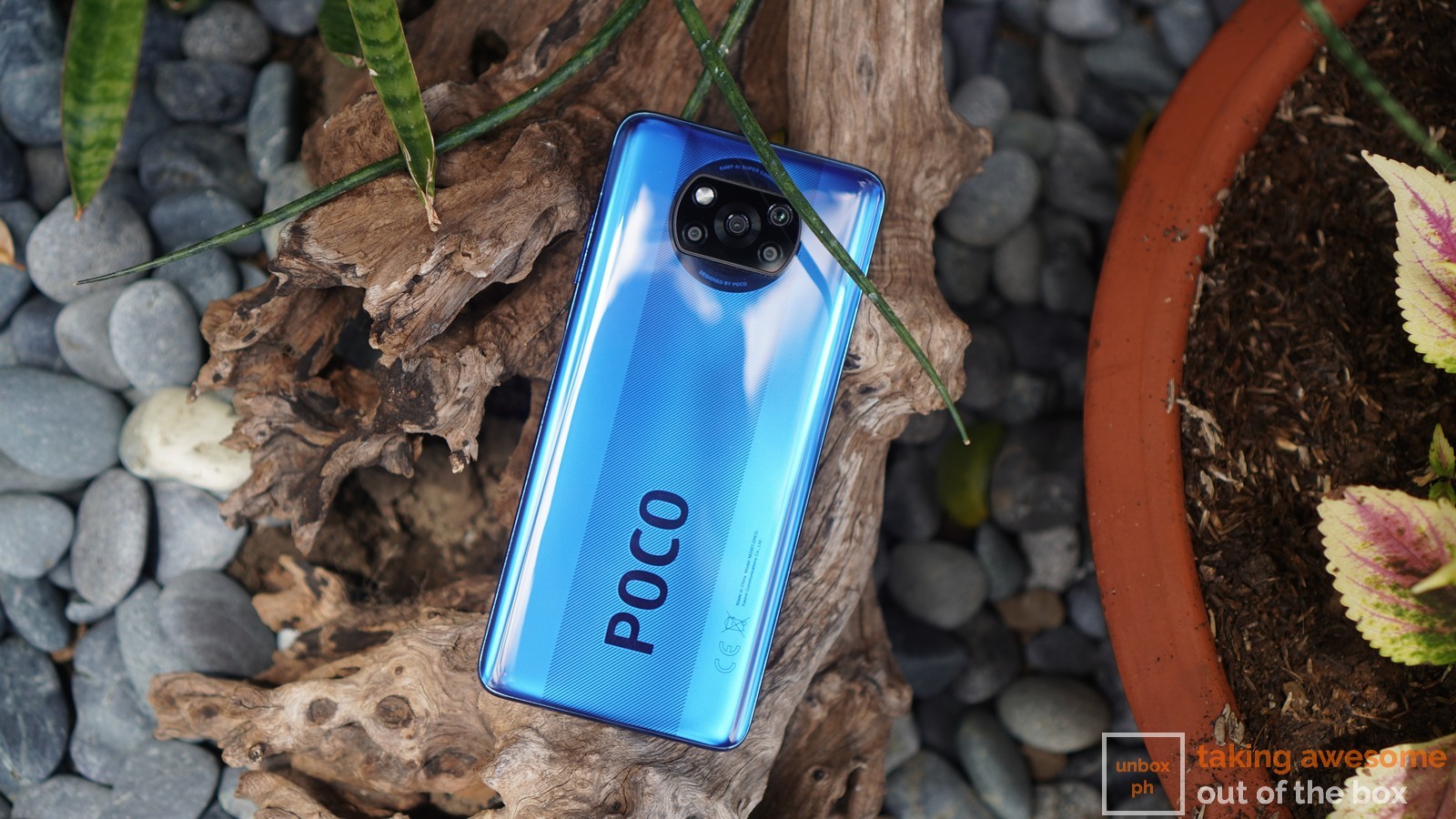
Design
Since both phones cater to budget shoppers, it’s no surprise that the Realme 7 and POCO X3 NFC have plastic bodies and frames. The overall design for both phones are quite good, and since design and styling is very subjective, it’s hard to pick one phone over the other as far as the externals are concerned.
Realme sticks to a more conventional layout for their camera module with all four cameras laid out in a neat strip on the upper left side on the rear, while the POCO X3 NFC uses a centrally-mounted solution that’s made to look like the camera module of their previous phones.
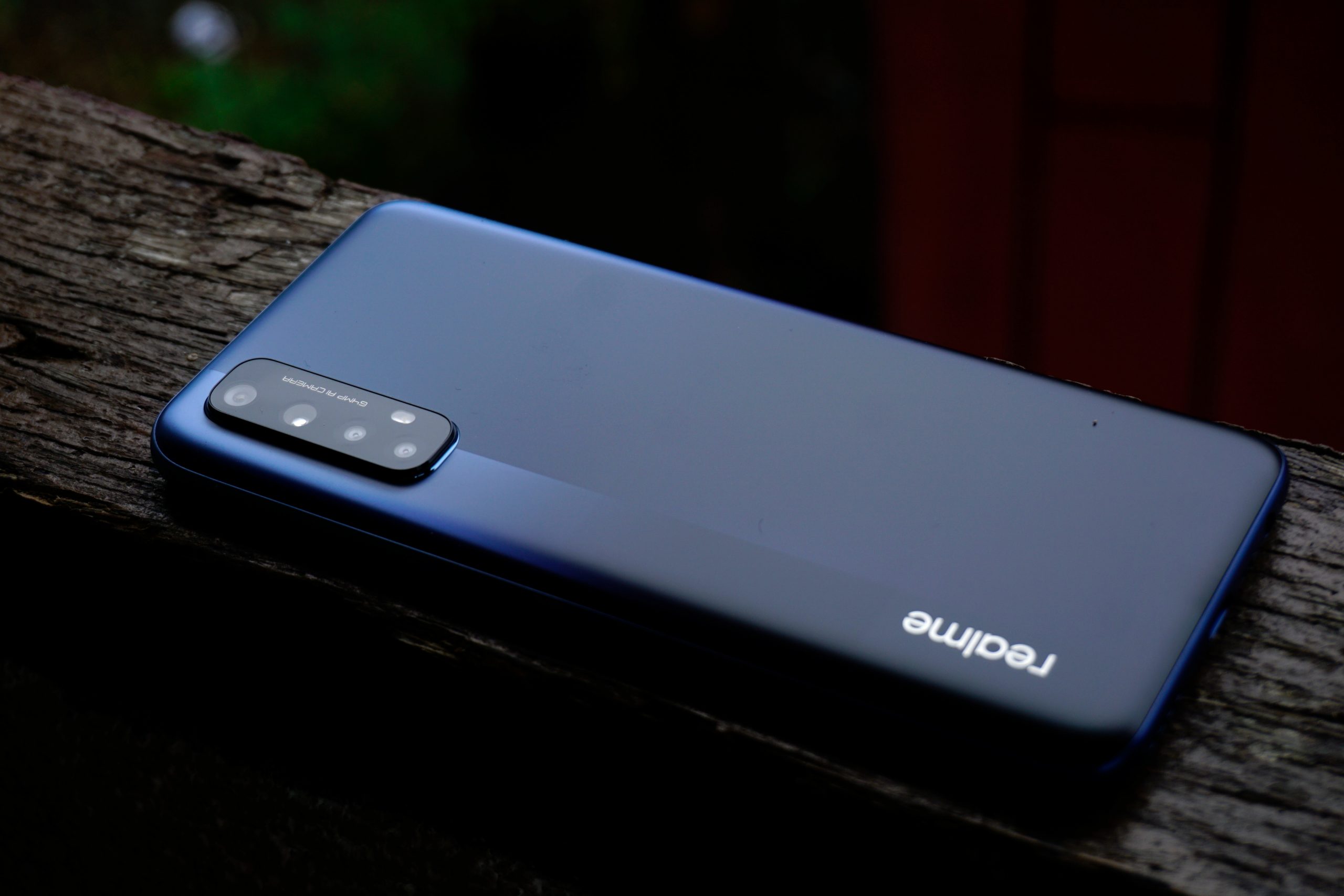
Both phones use side-mounted fingerprint sensors embedded in the power button for faster biometric unlocks, and both have the ever-important 3.5mm jack on the bottom.
One thing that the Realme 7 does have over the POCO X3 NFC is a dedicated microSD slot in addition to two SIM slots. You don’t have to choose if you want an extra SIM in there or extra storage with the Realme 7, which isn’t the case with the POCO X3 NFC. While that’s not necessarily a problem for the 128GB variant of the POCO X3 NFC, it’s more of a worry with the entry-level 64GB variant.
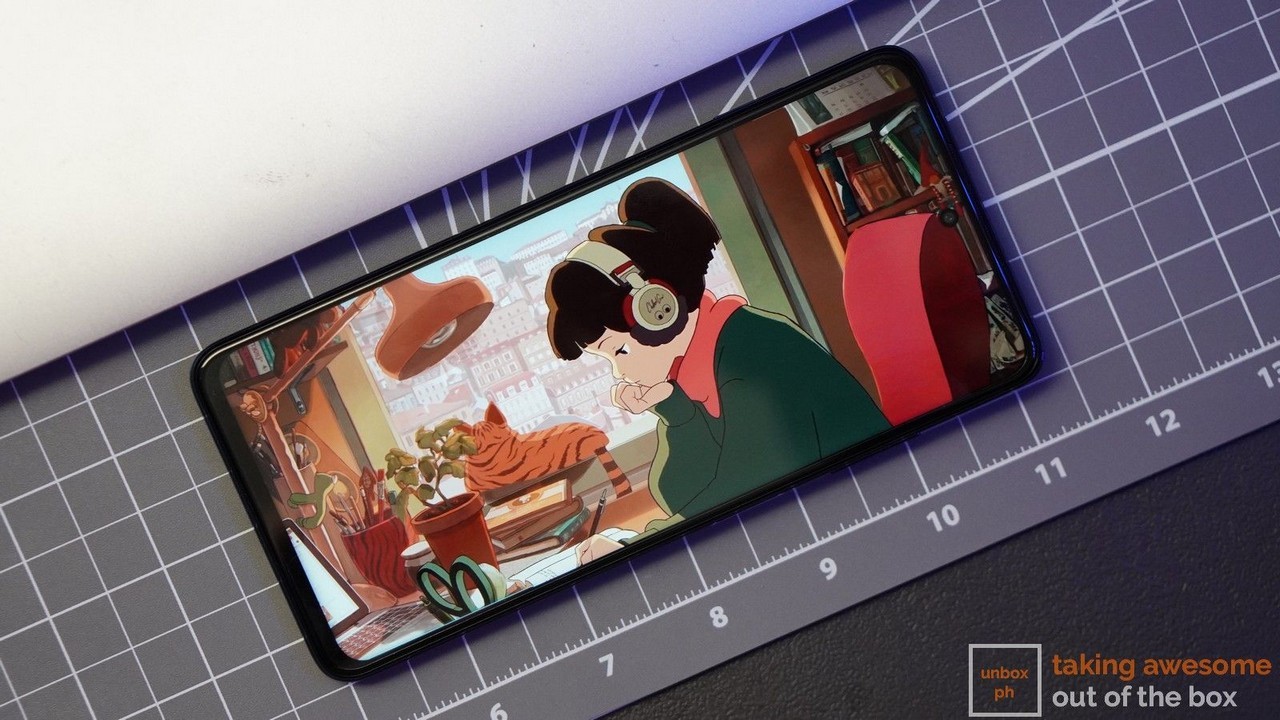
Display
Both phones use screens with fast refresh rates, though the POCO X3 NFC has an edge in this metric VS the Realme 7.
The POCO X3 NFC uses a far bigger 6.67-inch full HD+ panel, VS the Realme 7’s 6.5-inch full HD+ unit. Refresh rates are vastly different as well: the POCO X3 NFC has a 120Hz refresh rate while the Realme 7 only has a 90Hz panel.

As for image quality for both, they’re roughly the same. You’re not going to be blown away by the quality of the displays, though they’re good enough for most people. Take note though that the POCO X3 NFC has tougher Corning Gorilla Glass 5 on the screen, while the Realme 7 settles for Gorilla Glass 3 instead.
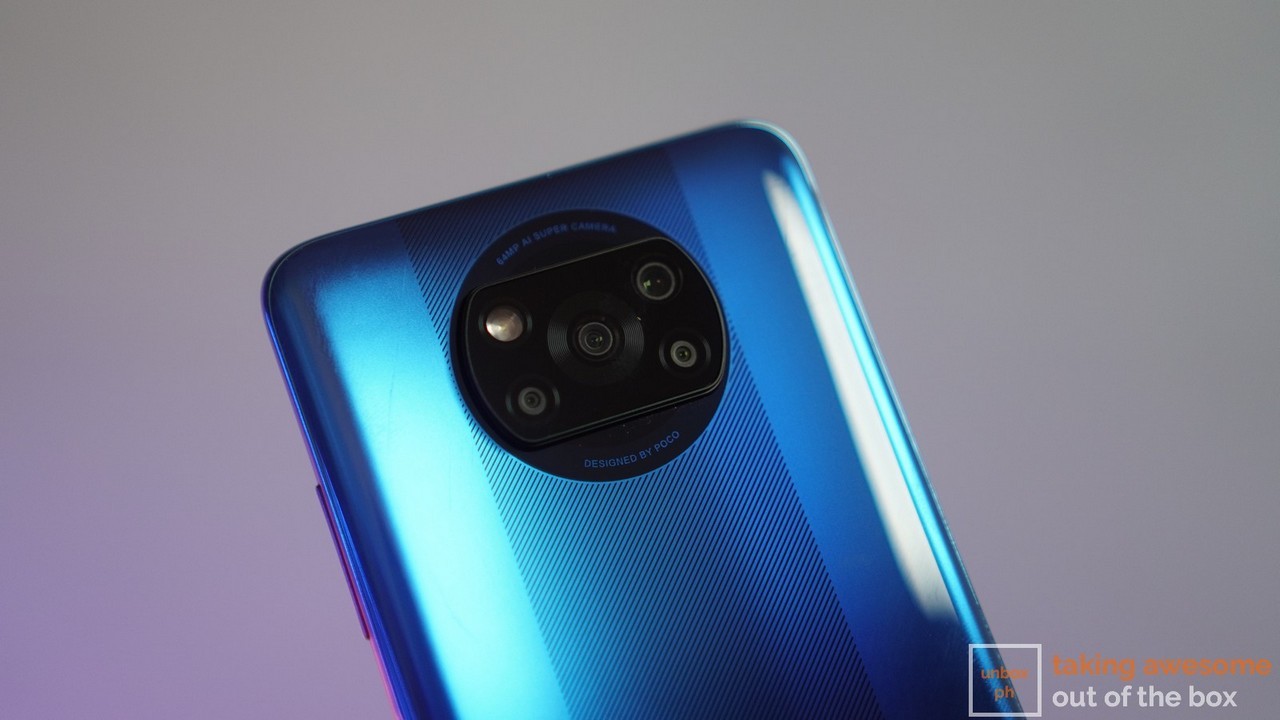
Cameras
Both phones have similar camera modules and setups – the Realme 7 has a 64-megapixel primary camera, 8-megapixel ultra-wide camera, 2-megapixel macro camera, and a 2-megapixel black and white camera for portraits. The POCO X3 NFC meanwhile has a 13-megapixel ultra-wide snapper, and a 2-megapixel depth and macro sensor.
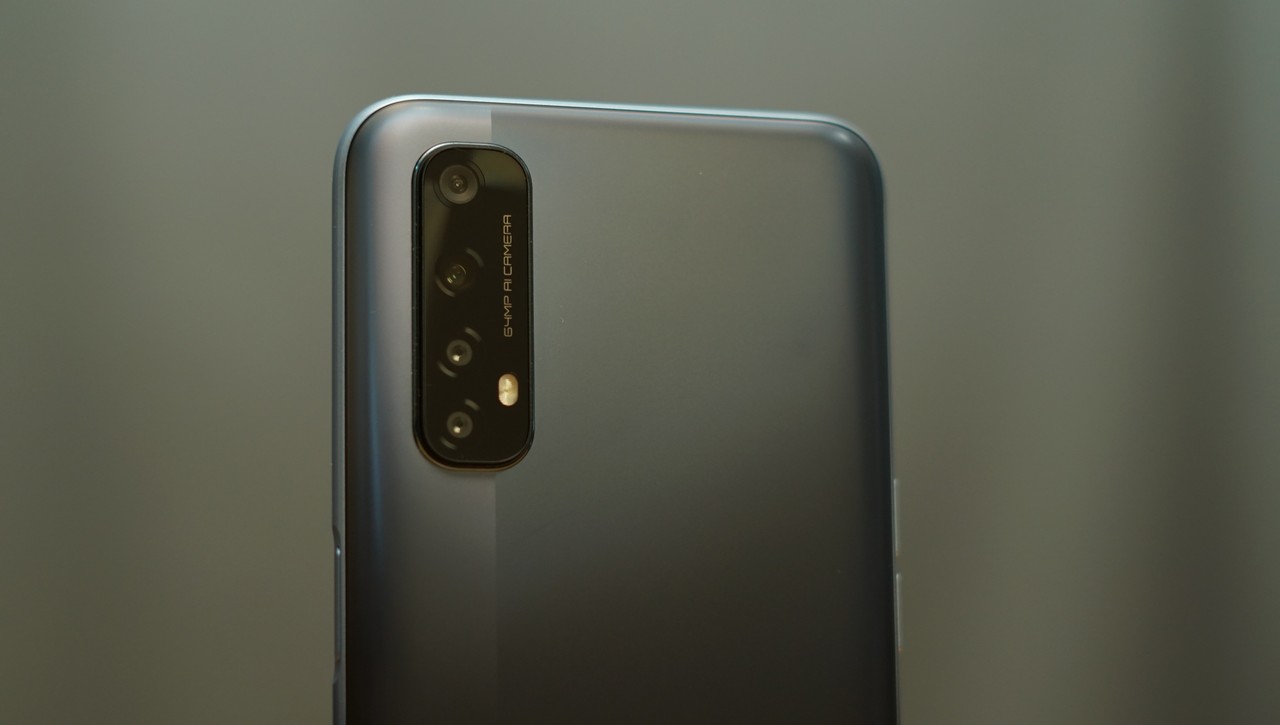
Both phones use the same Sony IMX682 primary sensor with an f/1.8 aperture lens. Like we mentioned in our Realme 7 Pro review, image quality isn’t just down to the sensor that a camera uses – software and the performance of the image signal processor used in the chipset also play a major part here.
We’ll be doing a separate article on the image quality produced by both phones later on, so wait around for that.
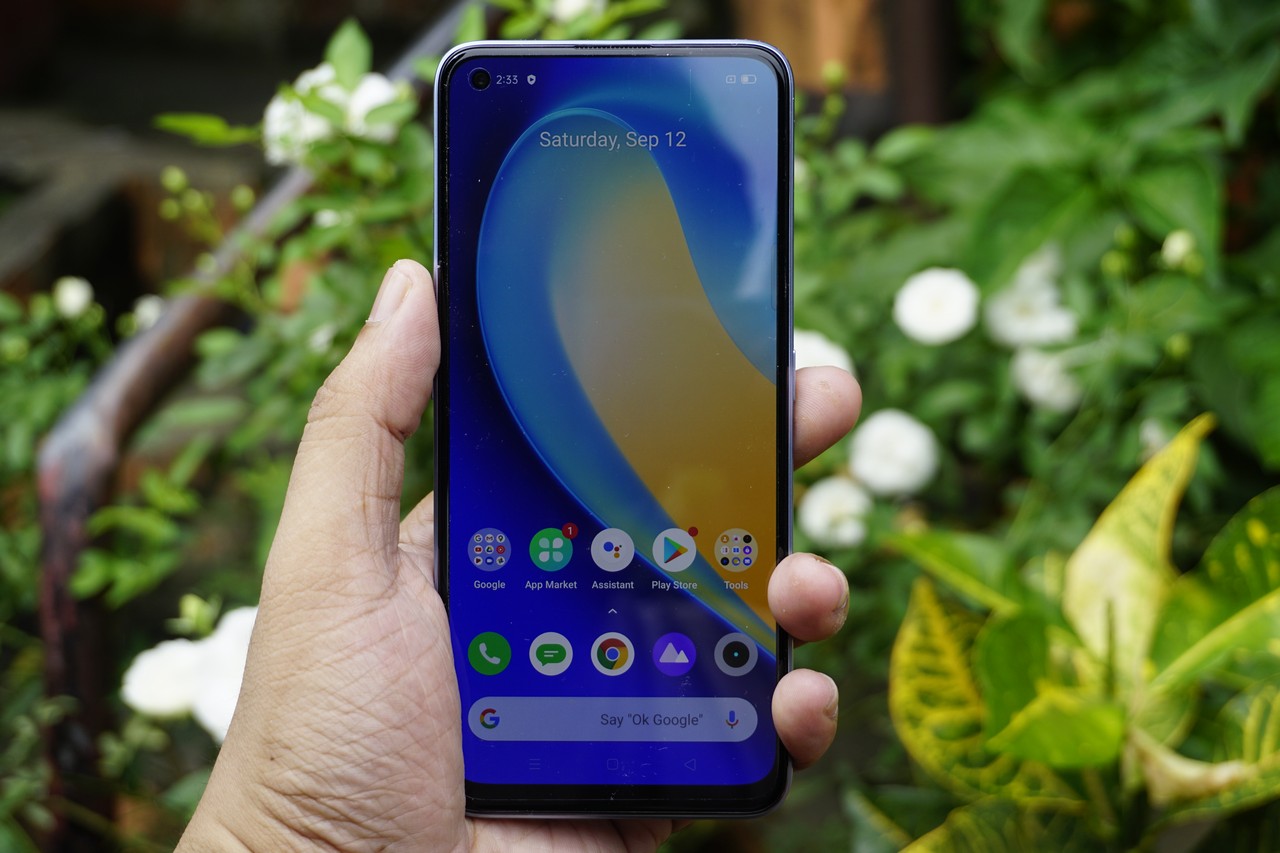
Performance and battery life
Here’s where it gets interesting: both phones are the first recipients of brand new silicon from both Qualcomm and MediaTek, in the form of the Snapdragon 732G and the Helio G95.
As a quick recap, the Snapdragon 732G offers better performance compared to last year’s offerings via higher clock speeds in its Prime core (2.3GHz versus 2.2GHz) and an improved Adreno 618 GPU that Qualcomm promises to deliver “15% improvement in graphics rendering”.
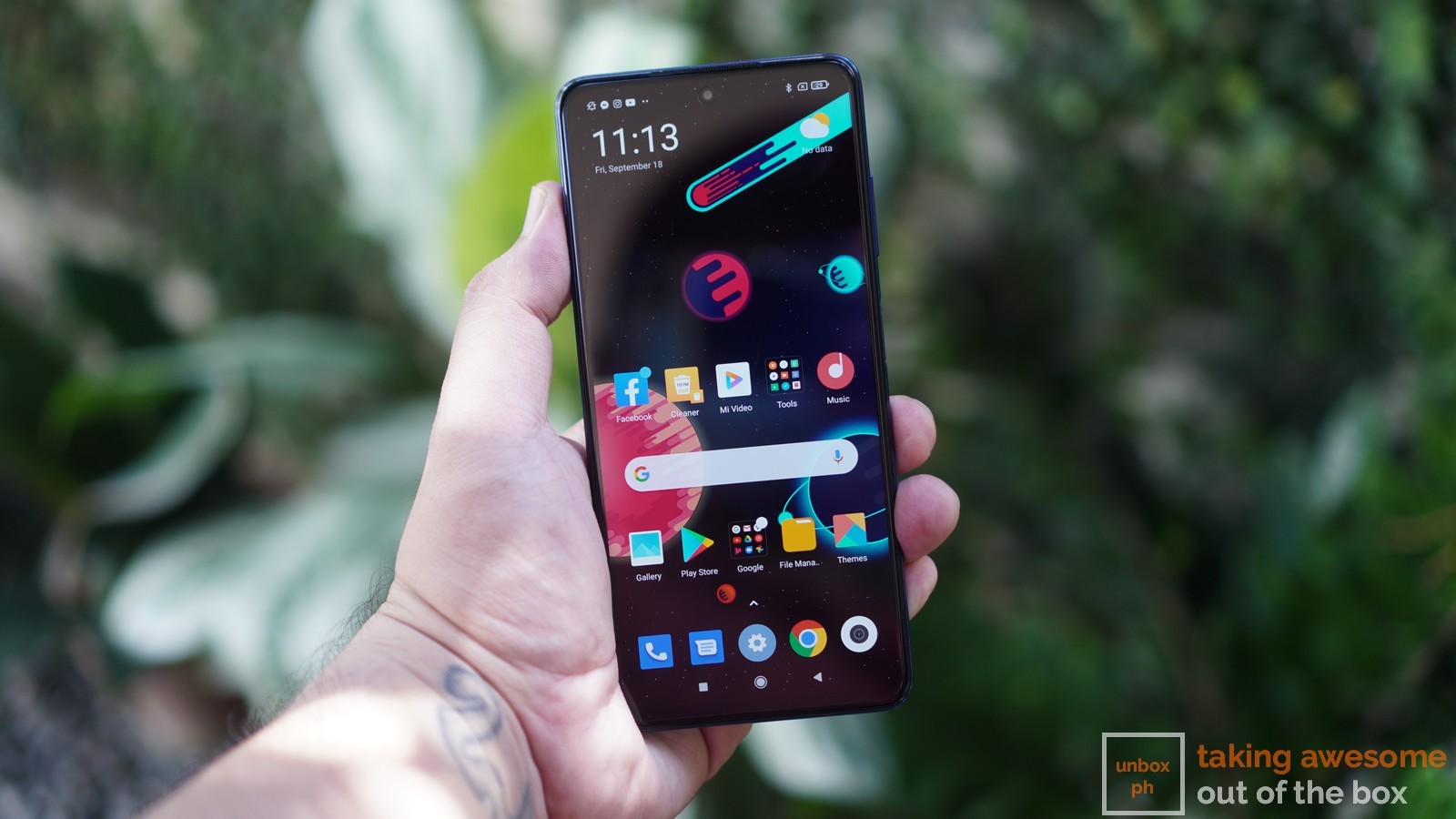
The Helio G95 meanwhile, only gets a minor boost in its Mali-G76MC4 GPU, which clocks in at 900MHz VS the 720MHz it had originally in the G90T. Almost everything else remains the same.
It’s also worth taking a look at the configuration of both phones as they’re offered to the public. The Realme 7 is only being offered in 8GB/128GB configurations, while the POCO X3 NFC is offered in 6GB/64GB and 6GB/128GB.
Let’s take a look at the benchmark numbers:
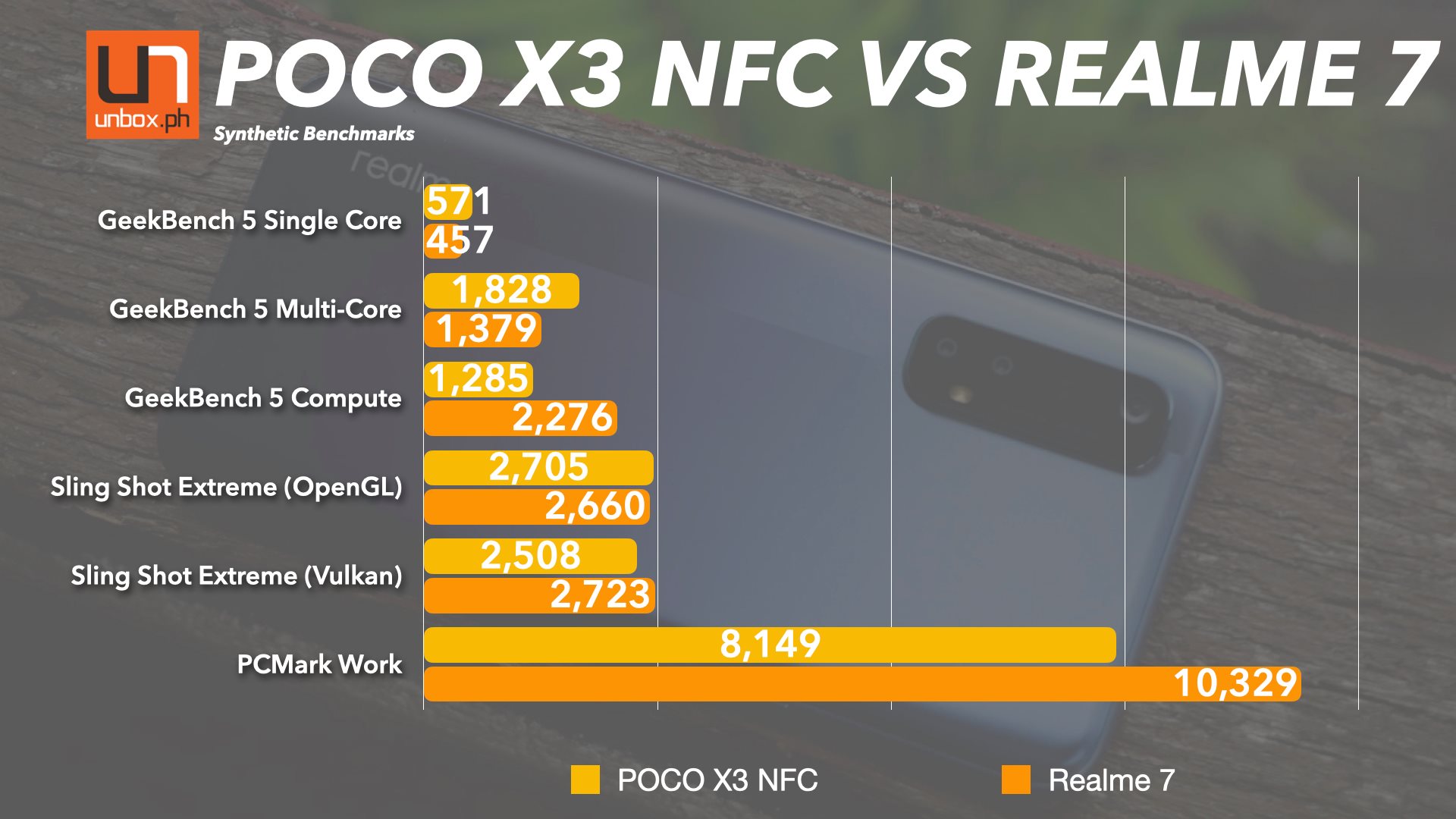
As expected the Snapdragon 732G beats the Helio G95 in several key metrics, including single-core and multi-core performance, as well as gaming performance when using the OpenGL API for Slingshot Extreme.
Interestingly the Helio G95 beats the Snapdragon 732G in the GeekBench compute test, as well as the Vulkan API for Slighshot extreme, which means the Realme 7 should perform better in games that uses or supports said API.
One thing that the POCO X3 NFC has over the Realme 7 is battery life – the POCO X3 NFC recorded 13 hours and 21 minutes on our YouTube battery drain test, while the Realme 7 only recorded a score of 7 hours and 52 seconds. That’s almost half of what the POCO X3 NFC was able to achieve.
This shows just how much more power-efficient Qualcomm’s chipset is VS MediaTek’s, despite both phones having the roughly the same battery size (5000mAh for the Realme 7 VS 5160mAh on the POCO X3 NFC). Both phones have fast charging capabilities as well – the Realme 7 tops out at 30W via USB Type-C, while the POCO X3 NFC tops out at 33W.
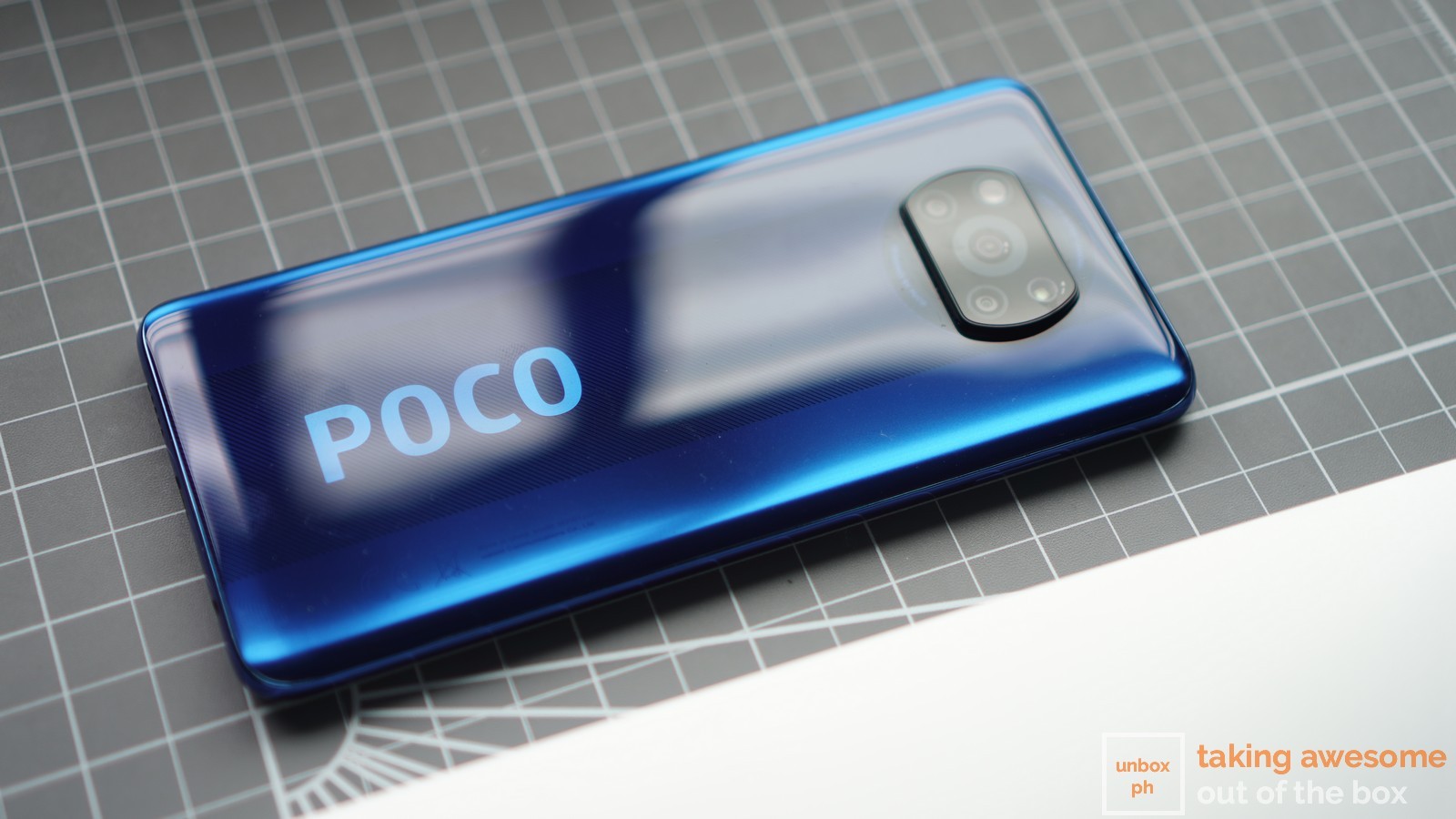
Wrap-up and conclusions
It was a pretty close fight, but ultimately POCO’s X3 NFC simply offers the best value for money considering all the things you get from it, relative to what the Realme 7 offers.
Of course, it’s not an all-out victory, as the Realme 7 offers more RAM, has expandable storage that you can use at the same time with two SIM slots, as well as better performance in some games that use the Vulkan API.
Availability of units also matters here – since the POCO X3 NFC is so sought after, customers will have to wait until Xiaomi has a flash sale for them to buy em. When they do go on stock in stores, they’re usually gobbled up pretty fast because of high demand.
The Realme 7 is priced at Php 14,990, while the 6GB/128GB variant of the POCO X3 NFC is priced at Php 12,990.


